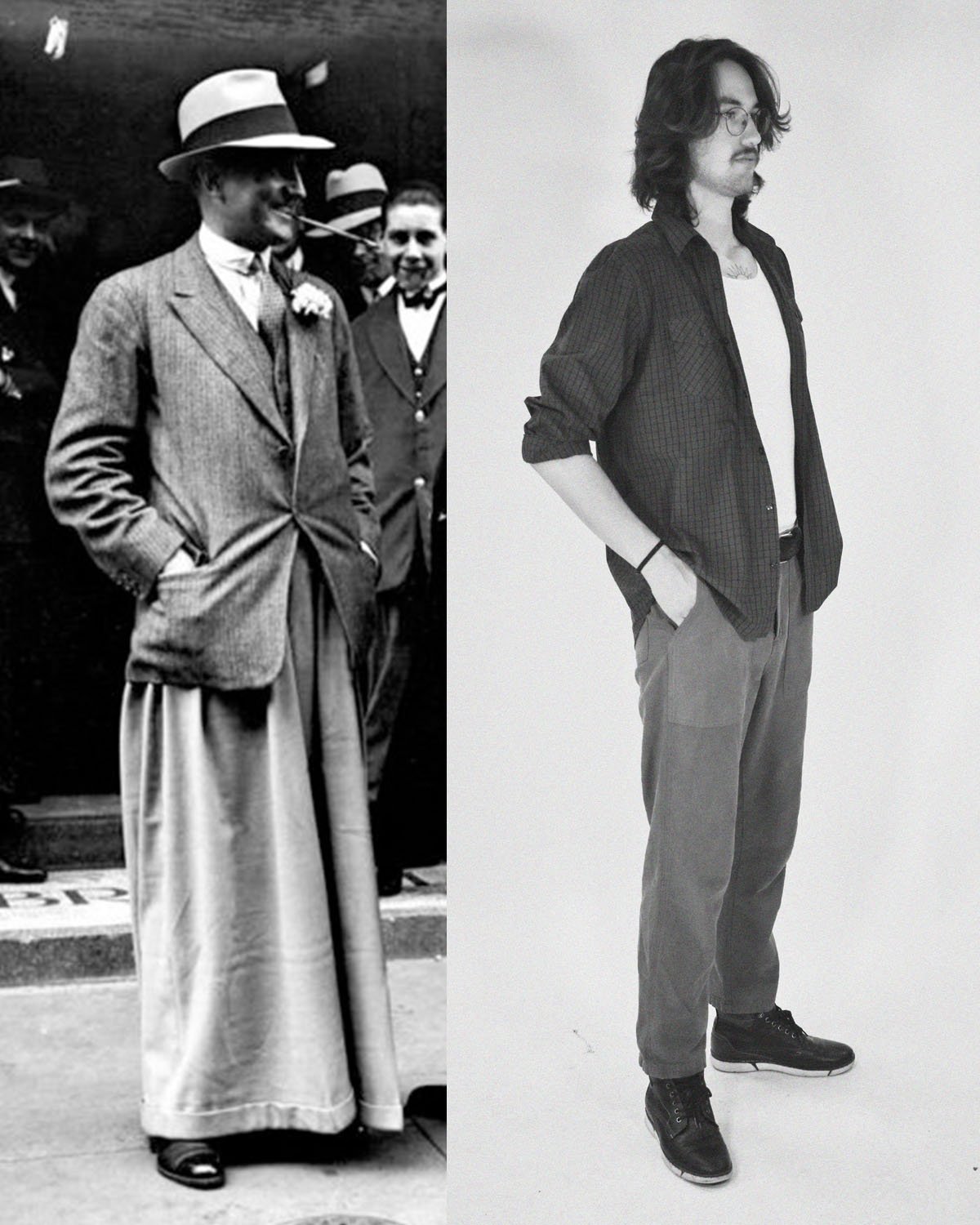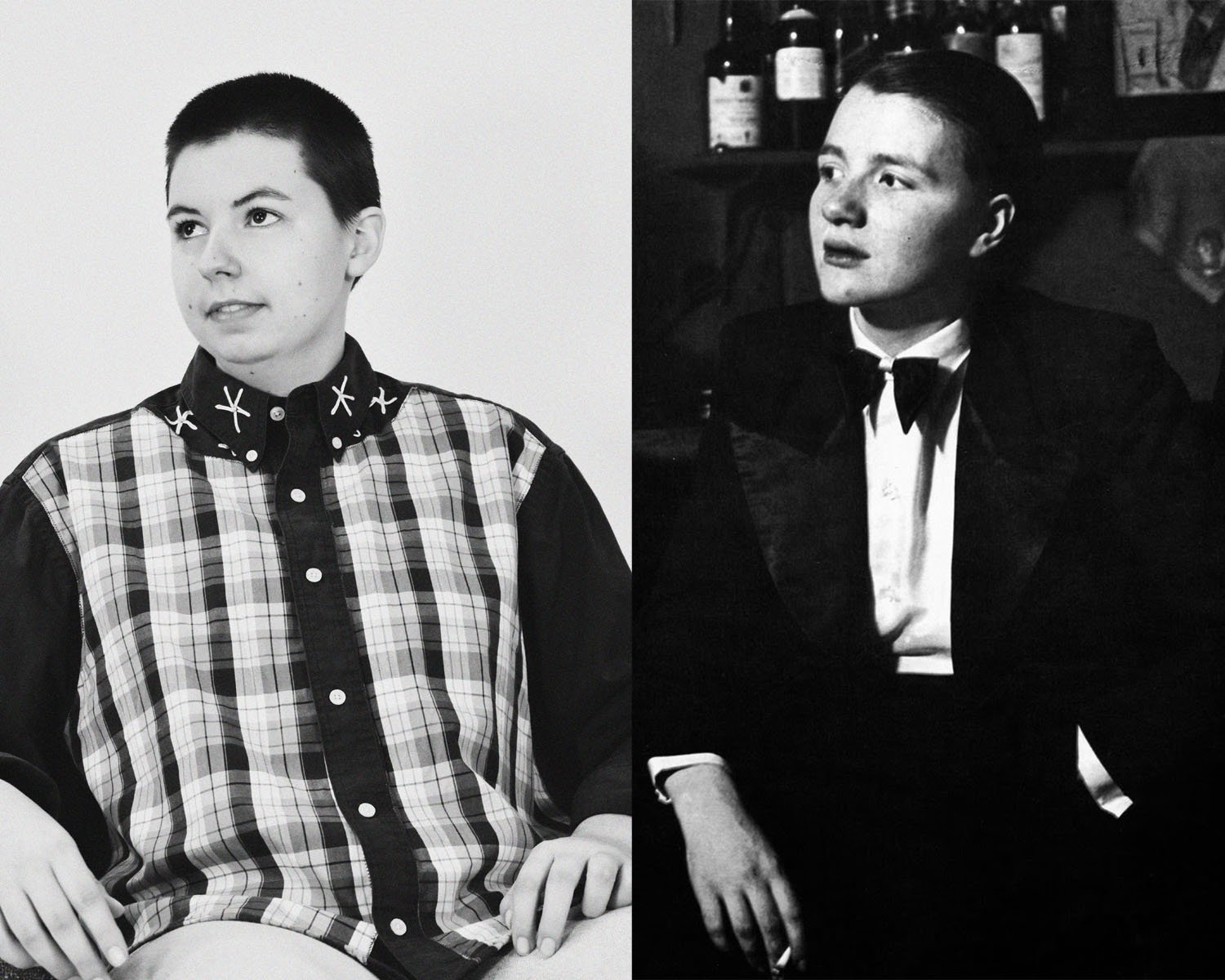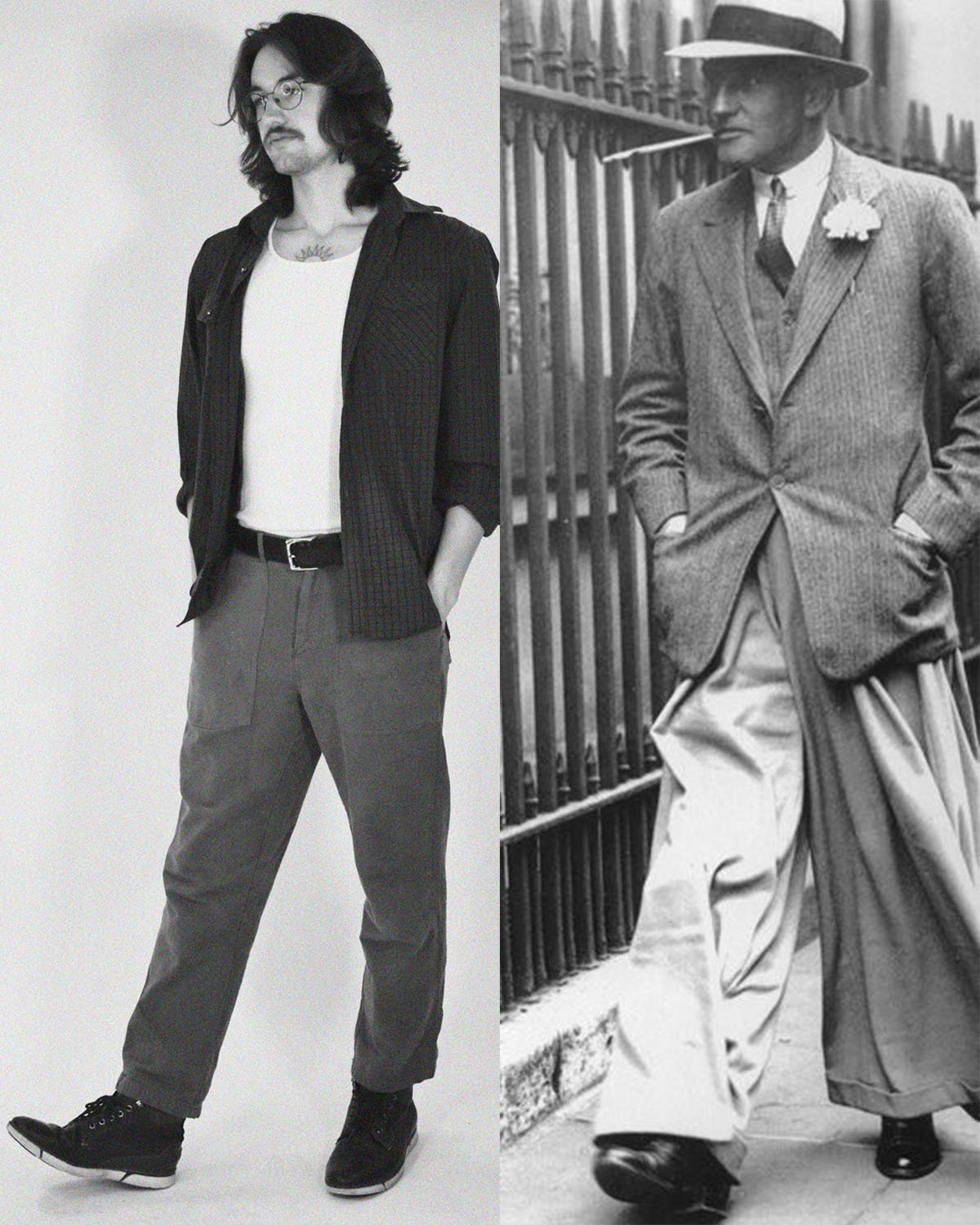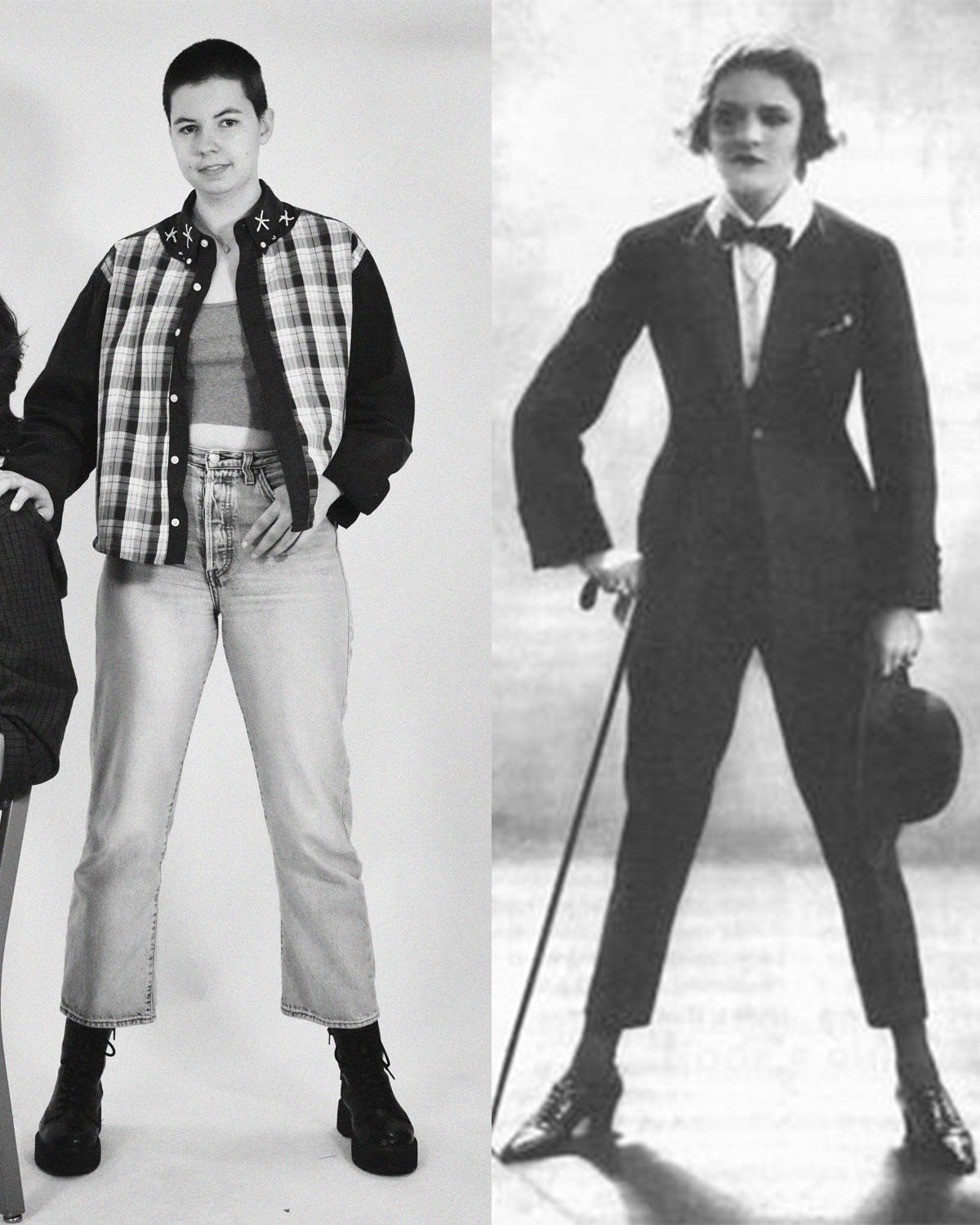1920’s vs 2020’s Fashion Trends
Written by Emma Wiltfong
Photos by Britney Spangenberg
Ah, the roaring 20’s, a time of glitzy lifestyles and glamorous dresses. It was a truly beautiful and unique time in fashion history, but that’s all in the past, right? Wrong. The 2020’s and 1920’s have a surprising amount of commonalities due to trend cycles. Almost rarely is a specific style dead and gone - even when you want it to be.
The 1920’s are most recognizable for the widespread popularity of long, tubular dresses with a dropped waist. While this silhouette is not necessarily at the height of fashion right now, the same rebellious spirit that drove this trend is still around in modern day. The 1920’s were kicked off with select women gaining the right to vote, and this policy change shaped the era.
Women had newfound freedom and confidence to do whatever they pleased, and they earned the name “flappers” because the older generations compared them to loud and boisterous ducks (Historic Geneva). The flappers were known to frequent jazz clubs and wear short dresses. Because of these raised hemlines, a new trend of putting rouge on one’s newly visible knees emerged, as well as wearing stockings rolled down to show them.
Another example of nonconformity was the incorporation of menswear into women’s clothing. Thanks to modernism, it was mostly acceptable for a lady to wear a blazer and other “masculine” styles like a collared shirt and tie or even a monocle (DressingDykes.com). Una Troubridge was one public figure who participated in this fashion, although it should be noted that neither she nor any other woman who enjoyed modernism were able to wear trousers or pants without scandal.
In today’s not-so-roaring 2020’s, themes from these 1920’s trends can be seen reflected in fashion. We may not have flappers or silent film anymore, but the same spirit of nonconformity has hung around.
One great example of this is Harry Styles’ taste in fashion, specifically his use of wide leg pants. In the 1920’s there was a style of pants popular among a small group of men called Oxford Bags. They were wide in the legs and considered extremely trendy and fashionable among that niche group. The re-popularization of wide leg pants for men has its roots in the Oxford Bags. Wide leg womens’ pants can also be connected to these because there is constant inspiration from menswear in womenswear.
Speaking of, suits on women are extremely popular at the moment, with many donning them on red carpets or in everyday life. More casual yet masculine outfits and styling are seen increasingly often on women nowadays. Button downs are staple clothing items in many closets no matter the gender of the wearer and, of course, pants are now more than acceptable for a woman’s wardrobe.
Hemlines have also continued to get shorter and shorter as women have gained more rights in the fight for equality. The current “bimbofication” movement focuses on body positivity and wearing what you want despite what others may think. This mindset is not far from how flappers felt about their knee-length hems 100 years ago.
Inspiration from the past is inevitable due to trend cycles. No matter the trend, it has roots in past styles that helped shape it. In a way, it's comforting to have the knowledge that people have always been the same. Every time we get dressed, we carry a piece of the past with us as we continue to the future.




